By Dr. Elizabeth Jobe, DVM, CCRP, cVMA
Therapeutic exercise is a physical therapy intervention encompassing a broad range of activities designed to restore or improve musculoskeletal, cardiopulmonary and/or neurologic function. Some form of therapeutic exercise is indicated in every physical therapy case. The rehabilitation professional must use specialized knowledge to determine exercises that are appropriate for a patient’s level of ability, age, endurance, severity of injury, and stage of recovery. The intensity and difficulty of the exercises varies greatly depending on the individual’s condition and injury.
GOALS:
- Improve active pain-free range of motion.
- Improve muscle strength and muscle mass.
- Encourage limb use after surgery or injury and increase weight bearing.
- Improve daily function and quality of life.
- Prevent further injury.
BENEFITS:
- Non-invasive form of therapy.
- Facilitates an increased rate of recovery from injury.
- Improves quality of movement of limbs.
- Has a positive psychological effect for both the owner and pet.
- Enhances core-conditioning for sporting and competition dogs.
IMPORTANT FOR ANIMAL REHABILITATION:
- Vary the routine.
- We try a number of different activities to determine what works best for an individual in order to modify the treatment plan.
- Allow the patient to guide the increase in activity.
- While many of these exercises can be performed at home, they are best guided by the rehabilitation practitioner so that the progression of therapy is carefully monitored and assessed.
EXAMPLES OF EQUIPMENT:
- Land treadmill
- Swiss balls
- PhysioRolls
- Fit discs and donuts
- Balance boards
- Ramps/inclines
- Stairs
- Leg weights
- Weighted vests
- Cavaletti rails
- Agility equipment

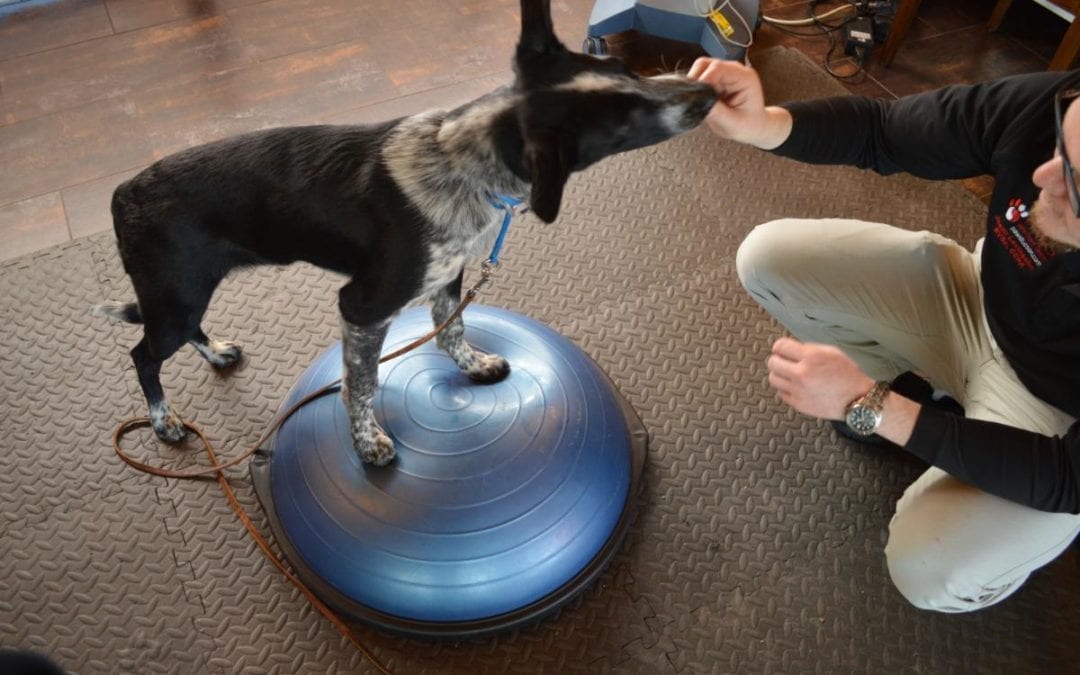












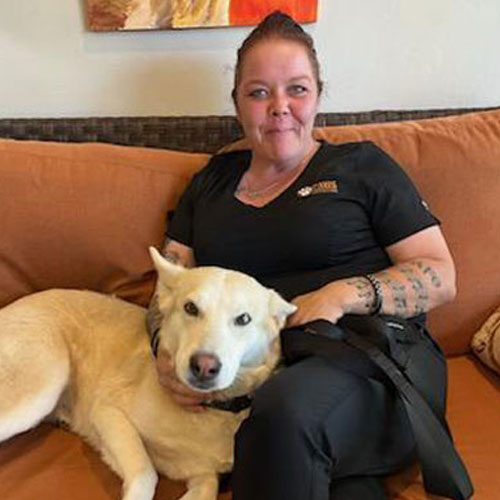




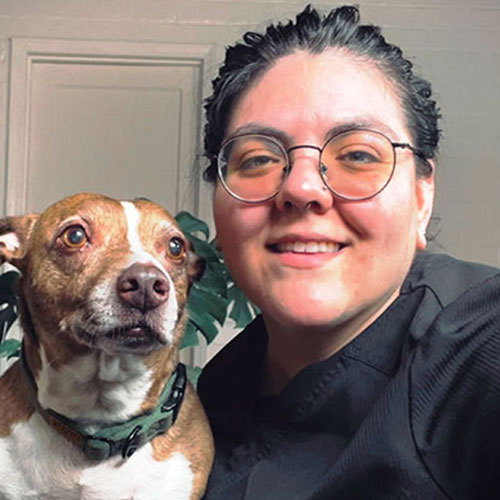


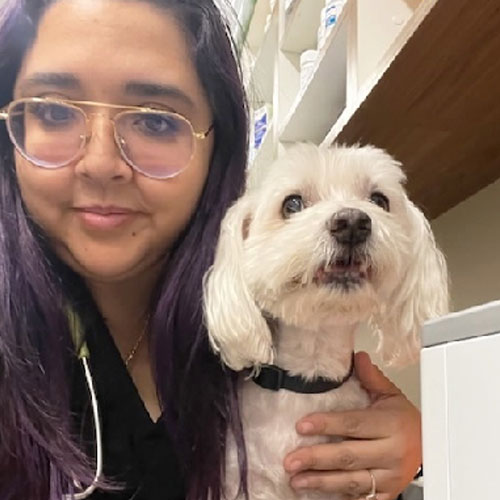
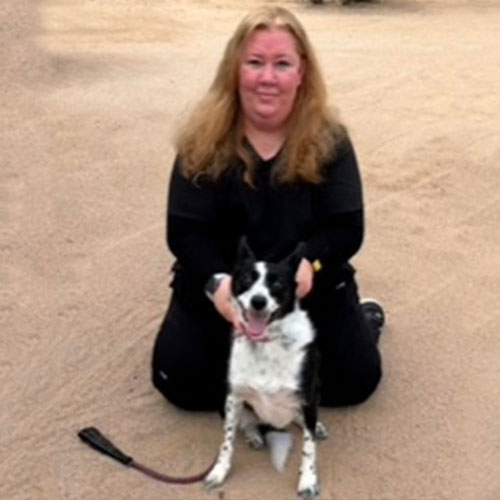


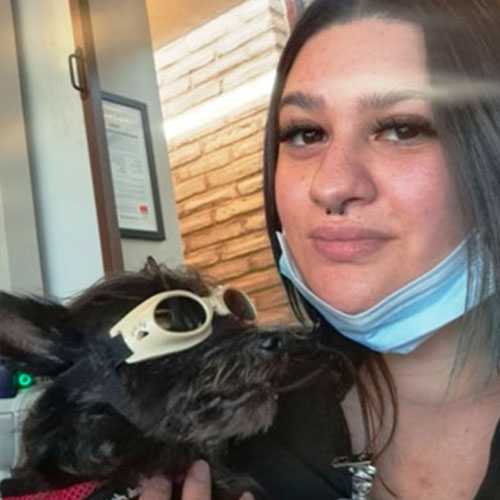


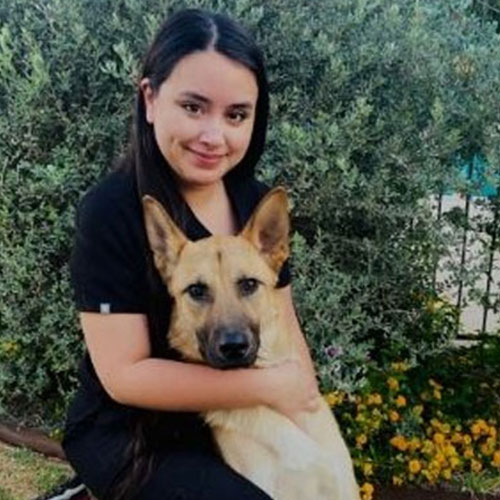








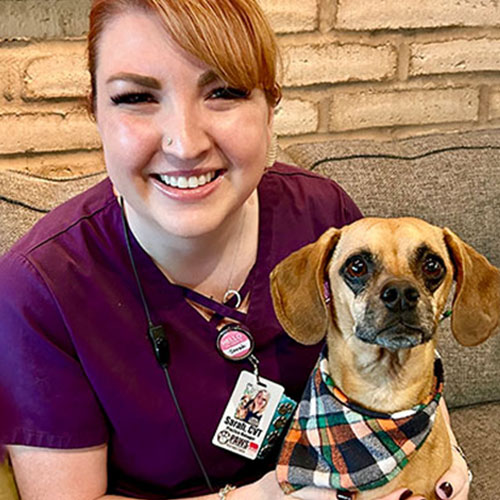









Leave A Comment